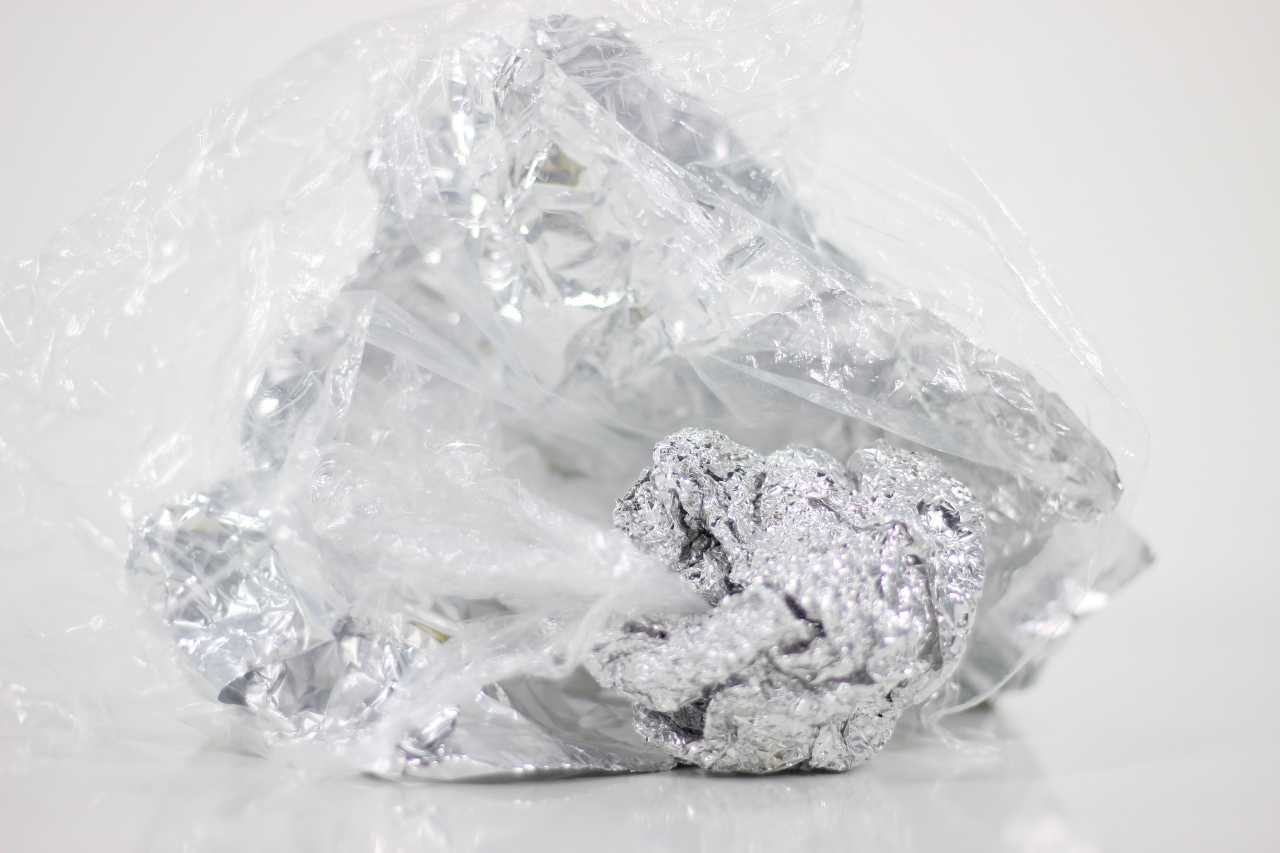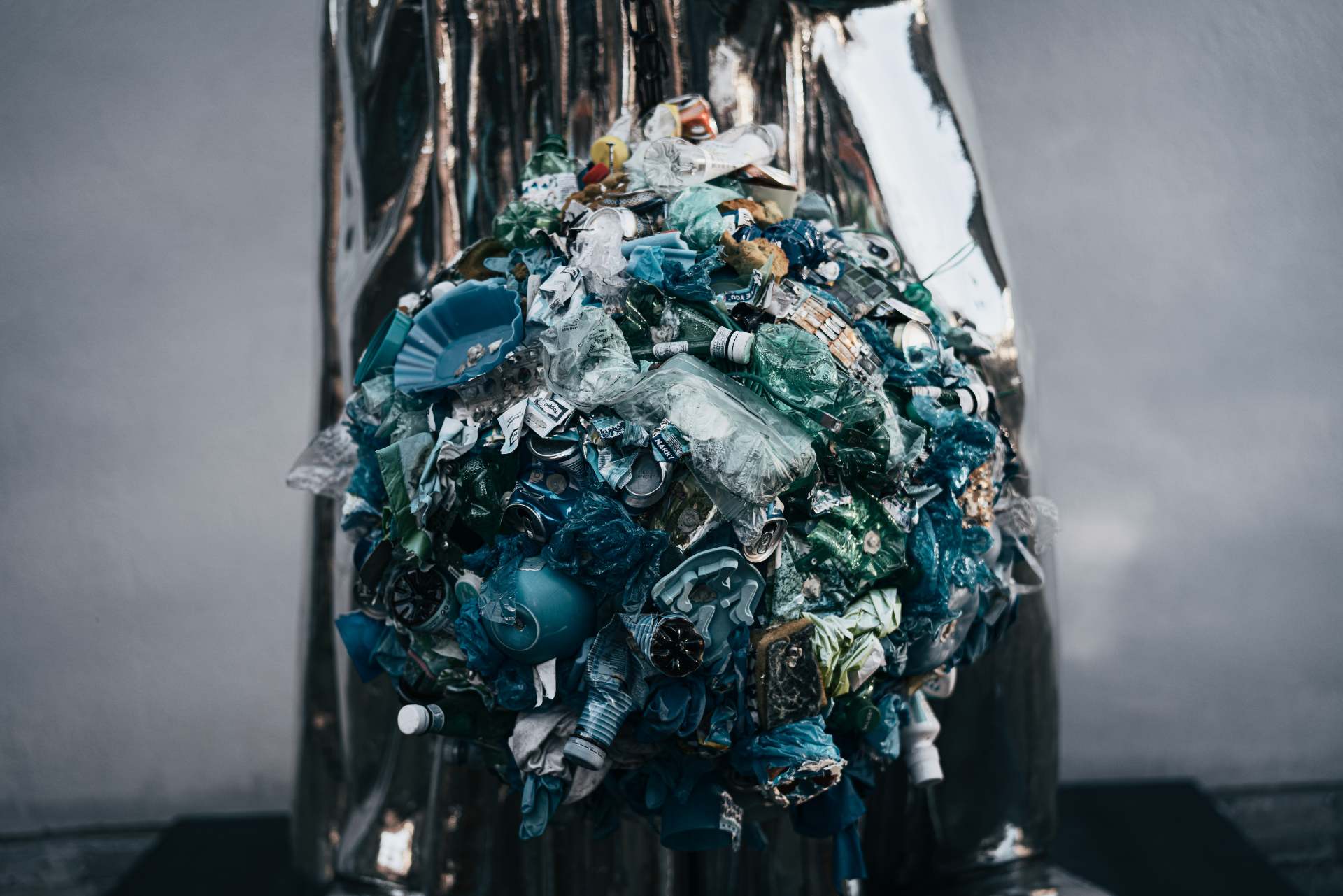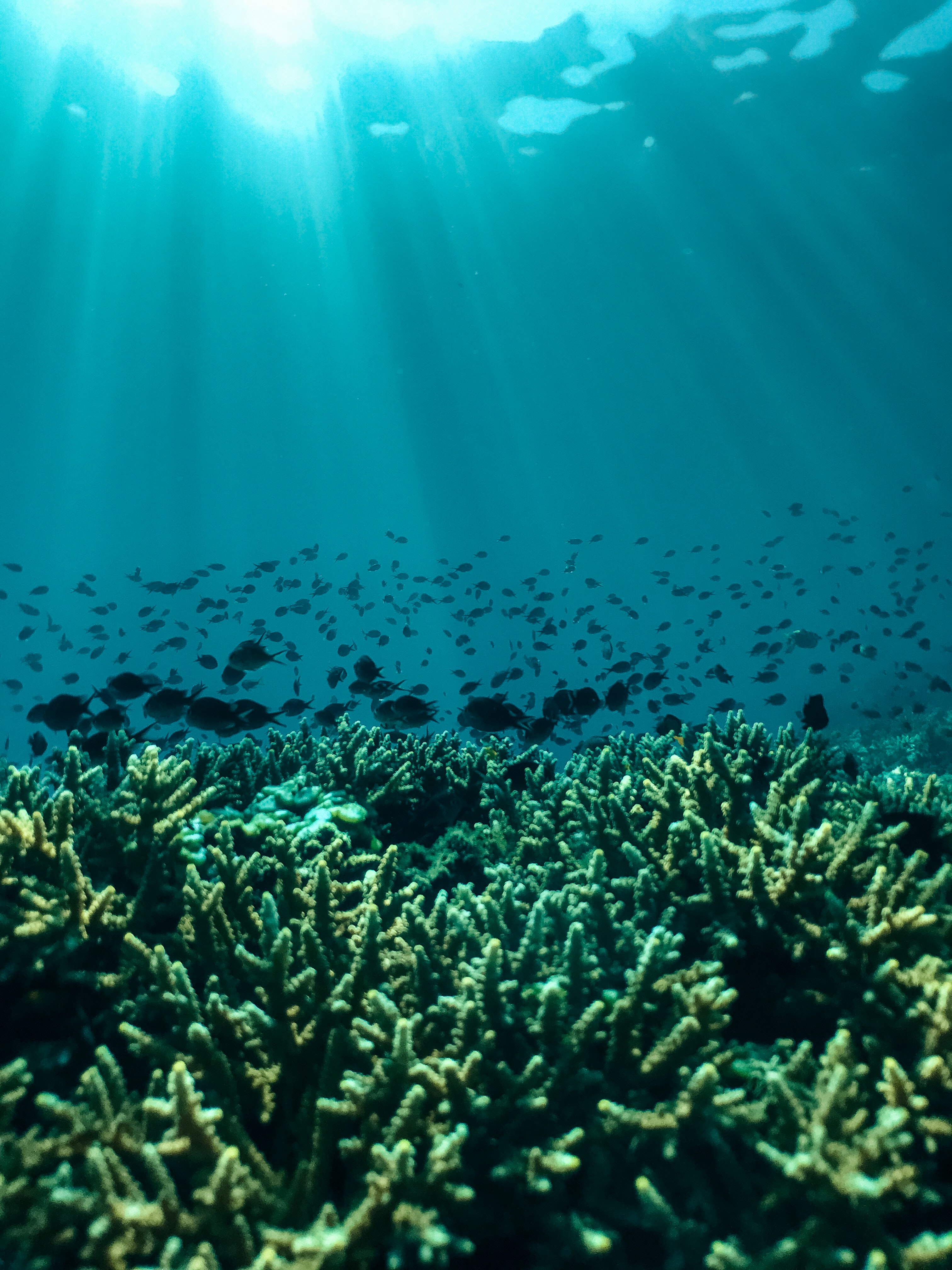Page TItle
The Plastics Program
Subtitle
Programs build collaborative actions guided by the Action Agenda and informed by the PACE community
Why is a circular economy for plastics important?
Plastics are everywhere. Their flexibility, durability, and strength have made them an indispensable part of modern life. Global consumption of plastics has increased twentyfold in the last 50 years. Around 40% of plastics are used for packaging. At current rates, plastic packaging volumes are expected to more than quadruple by 2050 to 318 million tons per year.
The negative environmental and social consequences of plastics have become a global concern: from plastic waste in our oceans to greenhouse gas emissions and toxic additives. Production relies on ever increasing use of fossil resources, emits large amounts of greenhouse gas, and most plastic waste either ends up in landfills or leaks into the environment.
Creating a circular economy will ensure we can continue to benefit from the unique qualities of plastics without creating plastic waste that causes harm to humans, wildlife, or the planet. If we are to hit our Sustainable Development Goals and climate targets over the coming decade, it’s vital we make the transition to a circular economy for plastics as soon as possible.
What could circularity for plastics look like?
In a circular economy for plastics
-
Problematic or unnecessary plastics are eliminated
Plastics of which use can be avoided or that have reusable options available are phased out. Similarly, plastics that cannot be recycled, that actively hamper the recycling process, or that easily leak out of collection systems are no longer produced.
-
Material inputs for plastics are safe, recycled, or renewable
Plastics deemed as necessary are produced as much as possible using recycled or renewable inputs as opposed to virgin fossil feedstock. Hazardous substances are eliminated from additives to those plastics.
-
Plastics are reused more
Wherever suitable, reuse models are adopted as a preferred option to single-use plastic products. Different reuse models for plastic packaging exist, from businesses offering options for refillable containers, or allowing and encouraging consumers to bring their own reusable containers, to consumers returning reusable packaging to businesses.
-
Plastics are recycled or composted at end-of-use
Plastics that cannot be used or reused any longer should be collected and recycled or composted. Recycling chemically turns polymers into monomers to be used as feedstock for new plastics. Recycling mechanically sorts, cleans, grinds and melts plastics turning them into flakes to be used as feedstock for new products. Where recycling is not an option, composting biodegradable plastics is a complementary end-of-use management option.
How to transition to a circular economy for plastics?
Companies, governments and civil society organizations all have a role to play in creating a circular economy for the plastics industry. These 10 calls-to-action can help us accelerate the transition, and make it as impactful as possible.
1. Agree Which Plastics Can Be Eliminated and Prepare the Market to Phase Them Out
Identify which plastics are problematic or unnecessary, and the impact of their elimination. Once it is agreed which plastics should be eliminated (or substituted), the market, including both industry and consumers, must be properly prepared for a smooth transition.
2. Incentivize and Support Product Design for Reuse and Recycling of Plastics
Design is a critical starting point for the circular economy, so incentives and technical support to encourage the design of plastic packaging for reuse and recycling are crucial. For example, reusable packaging must be designed to avoid the release of microplastics and the associated health and environmental hazards.
3. Address Hygiene and Safety Concerns to Promote Plastics Reuse
Worries about hygiene and safety have always been a challenge for plastics reuse, particularly for food and drink packaging. These concerns, reflected in both regulations and public perception, must be addressed in order to increase reuse of plastics.
4. Stimulate Consumer Adoption of Plastic Reuse
Consumers need to understand why plastic reuse is important, as well as how they can make practical changes to reuse plastics more.
5. Guide and Support New Business Models for Environmental, Financial, and Social Triple-Win
There is big potential for new business models based on reuse of plastic products. These business models must be designed with environmental, social, and financial impacts in mind.
6. Set up Functioning Collection Systems
Plastic collection systems are often seen as costly, and struggle to attract funding. Where they exist, they are often fragmented, with confusing instructions. Without them, we will struggle to reduce plastic waste in the environment or increase high-quality recycling.
7. Strategically Plan Sorting and Recycling Facilities, in Compliance with Trade Regulations
Sorting and recycling facilities are large-scale projects, and need to be carefully planned and undertaken for the best environmental and economic outcomes. Developing countries may need support to plan and invest in high-quality sorting and recycling facilities.
8. Make the Recycled Plastics Market Competitive
Only when recycled plastics are competitive can businesses adopt them on a significant scale, and in turn further stimulate the development of the recycled materials supply chain.
9. Integrate and Advance Decent Work in the Transition to a Circular Economy for Plastics
A transition to a circular economy for plastics is expected to bring opportunities for more decent work, creating new formal jobs and improving the work conditions, income, and recognition of informal workers. However, a focus on decent work must be integrated from the beginning, in order for the transition to be effective and socially inclusive.
10. Investigate Environmental and Socio-Economic Impacts of Renewable Material Inputs for Plastics
Although plastics made from renewable materials can reduce dependence on fossil resources, their lifecycle impacts on the planet and society still require further research and better understanding.
PACE Program Manager and contact
What actions are already being taken by PACE Leaders?
Resources for Creating a Circular Economy for Plastics

Financing System Change to Radically Reduce Plastic Pollution in Indonesia - November 2020
A Financing Roadmap Developed by the Indonesia National Plastic Action Partnership - Briefing Paper Download
Upstream Innovation Guide - November 2020
A guide to packaging solutions DownloadPagination
- Previous page
- Page 2






































